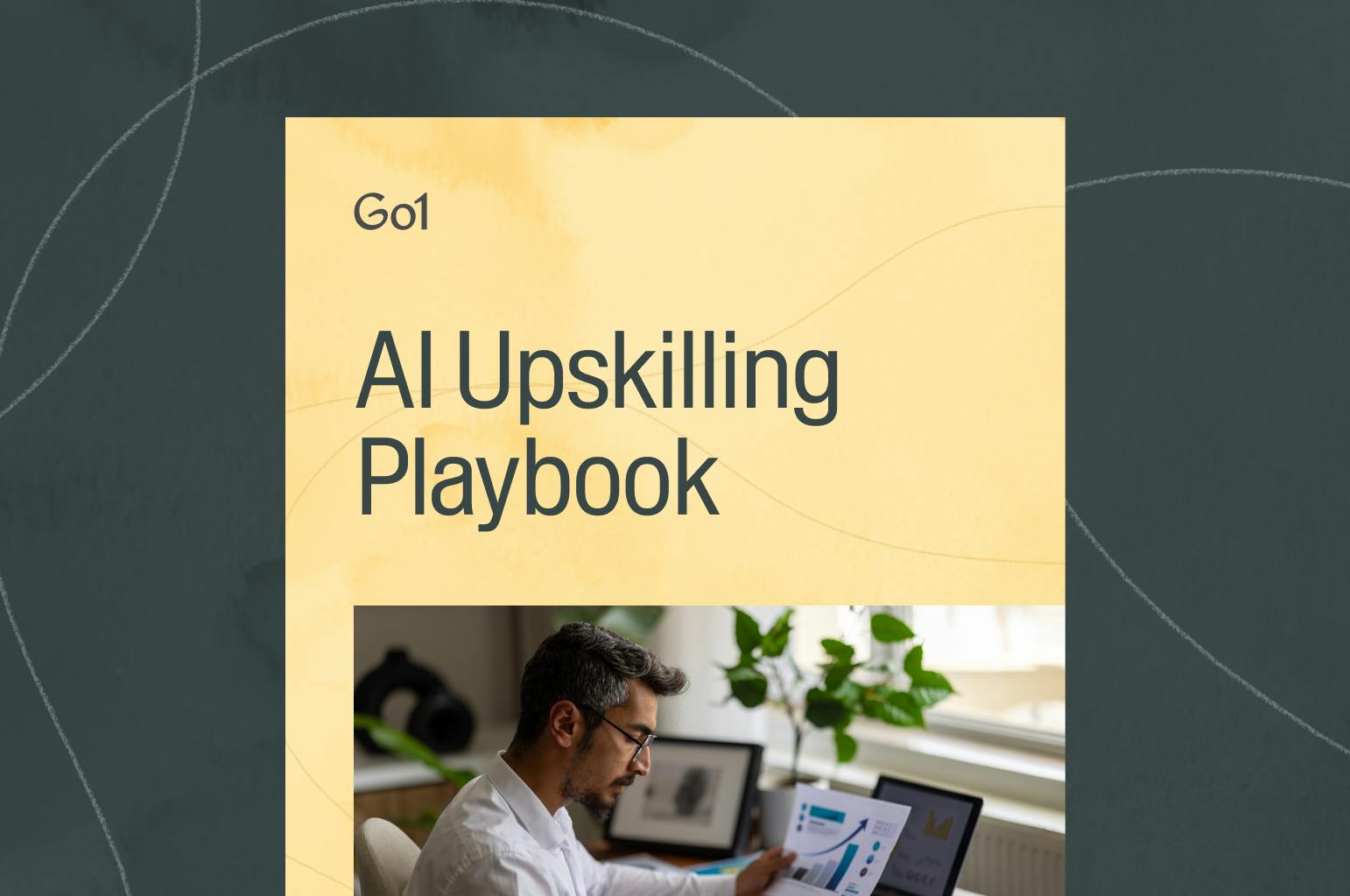Make change management at work easier

HR and L&D teams know one thing for sure: Change is constant. But helping employees adapt to change smoothly? That’s the real challenge.
Whether it’s implementing a new learning platform, rolling out compliance training, or restructuring performance management, employees often feel uncertain, overwhelmed, or resistant—which can slow down progress.
There’s a better way to approach change—one that reduces employee frustration, increases engagement, and makes transitions easier for everyone.
Four common barriers to change in HR
Employees don’t resist change for no reason—most pushback comes from one of four common roadblocks. Understanding these barriers helps HR teams implement change in a way that feels natural, not disruptive.
- Resistance from employees and managers: Change management in HR often causes fear and resistance, especially when employees and managers are unfamiliar with new systems or training programs. This reluctance can slow adoption.
- Lack of clear communication: Unclear communication about why and how changes are happening creates confusion and disengagement, making employees less likely to embrace new initiatives.
- One-time implementation mindset: HR transformation strategies require ongoing iteration. Treating changes as one-time events rather than an evolving process leads to training programs becoming outdated or ineffective over time.
- Misalignment with business goals: Employees disengage when they don’t see how new initiatives align with personal or organizational goals. Without a clear connection to their daily work, adoption slows.
Five ways to make change management easier
Agile methods and continuous feedback help HR teams implement change in a way that’s flexible, effective, manageable and people-centered. Here’s how:
1. Adapt to change in real time
An agile approach emphasizes small, iterative changes over large, one-time implementations.
Instead of rolling out a major initiative all at once, HR and L&D teams can:
- Start with small groups to test key components
- Gather feedback from employees in real time
- Refine the program before full-scale implementation
Why it works: This minimizes the risk of failure because teams can adjust based on real employee input rather than committing to a full-scale rollout without knowing what might go wrong.
2. Make change a continuous improvement cycle
In an agile process, change isn’t a one-time event—it’s an ongoing cycle of improvement. As feedback comes in, HR and L&D teams make small, manageable adjustments to the initiative.
These improvements might include:
- Updating training formats based on employee feedback
- Tweaking course content to stay relevant and engaging
- Refining system features to remove friction
Why it works: Instead of employees feeling forced into rigid systems that don’t work for them, continuous improvement ensures their feedback shapes the change process—increasing engagement and adoption.
Without a clear connection to their daily work, adoption slows.
Explore the Go1 course library to find the right training for your team
3. Reduce overwhelm with small steps
Breaking change into smaller steps makes it easier for employees to adopt. HR teams can:
- Offer opt-in early adoption so employees can explore new systems before a full rollout.
- Use incremental tech rollouts to introduce new tools in phases, starting with the most essential features.
- Run pilot programs to test initiatives before broad implementation.
Why it works: A phased approach reduces resistance and confusion, making change feel more manageable.
4. Build trust with transparency
Agile change management relies on frequent, transparent communication to keep employees informed. This includes:
- Regular updates about changes, progress, and adjustments.
- Dedicated communication channels to answer employee questions and highlight the benefits of upcoming changes.
Why it works: When employees are kept in the loop, they feel more confident in the change process and understand that it’s designed to improve their experience.
5. Collaborative across teams for a strong rollout
Agile methodologies promote cross-functional collaboration, ensuring that HR, L&D, IT, and other departments work closely together to implement and refine initiatives.
Why it works: A collaborative approach brings in diverse perspectives, making the change process smoother and more well-rounded.
Avoid chaos in your next workplace change
Adopting agile, feedback-driven approaches helps HR and L&D teams introduce change with greater ease—minimizing disruption while staying responsive to employee needs. These methods support continuous improvement, making learning initiatives more adaptable, people-first, and aligned with business priorities.
That’s where a content aggregator like Go1 makes a difference. Instead of struggling with resistance, you'll have instant access to curated, high-quality content across all formats and topics—from compliance to leadership and beyond. With Go1, learning becomes easier to adopt and integrate, helping teams embrace change and achieve lasting outcomes.
Related Articles

Application Guide: How to use the Go1 AI for L&D Maturity Assessment to assess our workforce AI capability

AI upskilling made clear: A practical guide to building an AI-ready workforce

Go1 welcomes PepTalk

5 Data-Backed Insights Shaping the Future of AI in Workplace Learning

Train smarter, spend less
Train smarter,spend less
Connect with a Go1 expert to explore the best training options for your organization—no pressure, just solutions that work.